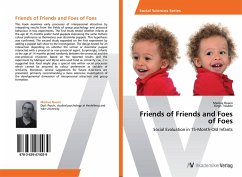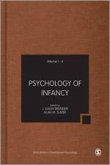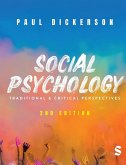This book examines early processes of interpersonal attraction by integrating results from the fields of group psychology and prosocial behaviour in two experiments. The first study tested whether infants at the age of 15 months prefer hand puppets expressing the same mittens colour preference as themselves over dissimilar puppets. This hypothesis was confirmed. The second study expanded on the first experiment by adding a puppet ball show to the investigation. The design tested for an interaction depending on whether the similar or dissimilar puppet interacted with a prosocial or non-prosocial agent. Surprisingly, infants at the age of 14 months picked randomly between the prosocial and the non-prosocial character. Based on the reported results and the experiment by Mahajan and Wynn who used food as similarity cue, it is suggested that food might play a special role within social processes which cannot be assumed by colour preferences as variable of similarity. Moreover, severalsuggestions for future directions are presented, primarily recommending a more extensive investigation of the developmental dimension of interpersonal attraction and group formation.
Bitte wählen Sie Ihr Anliegen aus.
Rechnungen
Retourenschein anfordern
Bestellstatus
Storno








